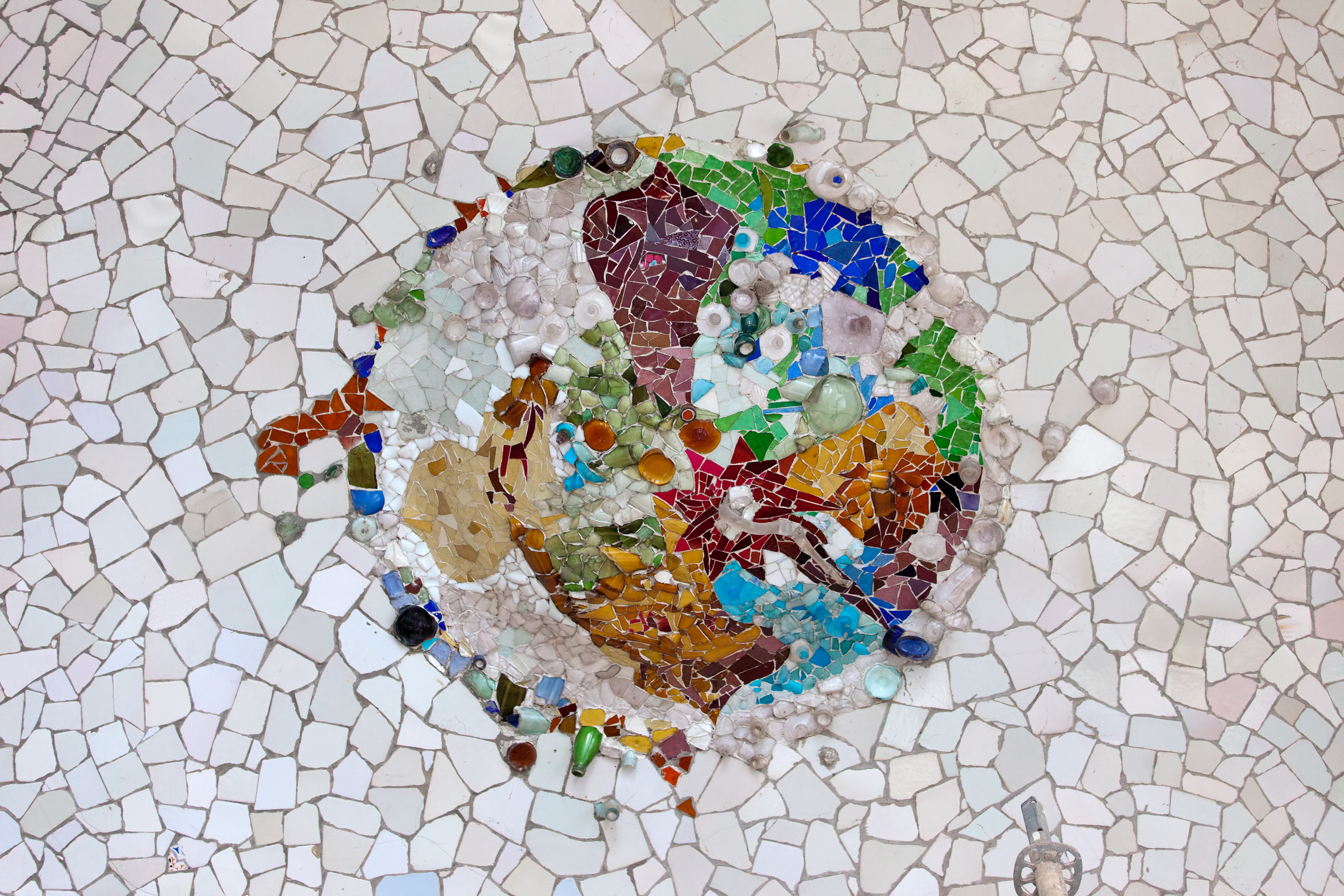
Abstract
This article describes the interrelationship of Gestalt Psychotherapy and SomatoEmotional Release. The paper explores some of their common principles and draws on Margherita Spagnuolo Lobb’s description of the therapeutic relationship as a dance between client and therapist.
Keywords: CranioSacral Therapy (CST), SomatoEmotional Release (SER), Inner Wisdom (IW), Significance Detector (SD), Gestalt Psychotherapy (GT)
CST and thus SER are closely aligned with Gestalt Therapy. In the SER 2 class, we learn about different psychotherapeutic modalities, including Gestalt, and how we may draw on these models to aid the SER process. I was drawn to train as a Gestaltist by the shared principles of phenomenology (Husserl, 1931), body process (Kepner, 1987), and working creatively (Zinker, 1978).
As a CranioSacral Therapist I view myself as a facilitator in the “healing through meeting” (Hycner, 1991) of two individuals in a safe relational space. Not just healing but healthy growth can occur through raising new awareness of our physical and emotional patterns and maintaining a deep connection to the embodied process.
CranioSacral Therapy is a hands-on body process where we use our CS tools to connect with the Inner Wisdom through the tissues and our presence. Although Gestalt Psychotherapy draws heavily on information from the body, it uses a different, non-physical type of contact or felt sense to help raise awareness of what is happening in the here and now, between therapist and client.
Just as a Gestalt is the whole made of many parts, so too is Gestalt Therapy made of many parts. I have selected some of the more relevant aspects of Gestalt that interrelate with CST and SER.

Phenomenology (Husserl 1931)
Bracketing/epoche, Description, Horizontalisation
The phenomenological method is used in Gestalt as a means to help the client uncover their actual here-and-now experience. By raising awareness of their process in the present moment they then have choice and possibility for change. Phenomenology begins with an attitude of open curiosity “I noticed your breathing changed as you said …” Describing what the therapist observes can bring the client back to their body and raise awareness that speaking of X leads them to hold their breath. As in CST, a good practitioner will withhold their own biases, judgments, and beliefs (bracketing/epoche) so that the client is free to be as authentic as possible. The rule of horizontalisation puts equal significance on all information. “When my father died, the cat ran away”. In CST, we use changes in the tissues to indicate the significance of the client’s words. The SD may deepen. In Gestalt, we use phenomenological enquiry to discover which of these events carries the most significance.
The Client in Process: Contact Functions (Polster & Polster, 1973) Seeing, Hearing, Voice/Speaking, Feelings, Body Process/Movement

“The real communication is beyond words, listen to the voice, the movements, the posture, the sounds of the other person.” (Perls, 1969)
As a Gestaltist and a CST practitioner, I use all the information that the client presents to help me feel into their experience and be as in contact with them as I am able to be. Noticing when the voice becomes small, a whisper, or loud and angry is powerful information that the client shares with me. My own embodied experience is also useful information as they share their story. I notice how I feel when I am with them. Do I feel scared for them, suddenly tired or bored? Only by “getting my baggage out of the way” (JE Upledger) will I know if this is my fear/boredom/tiredness that I feel or if I am attuning to their experience.
Perls talked about the manipulation of the self (retroflection, introjection, and projection) as a means of adapting our contact with the other. The Polsters later added confluence and deflection as adaptive processes. We may see this on the couch in a CST/SER session as laughter when speaking of trauma (deflection) or repeated patterns of movement as a form of resistance and avoidance of the part that is too painful to be with. Confluence may show up as the client who agrees with everything you say to them. Can they push back? Can they tell you to stop doing what you are doing or do they smile nicely and never come back? The confluent client can be challenging to work with.
As human beings we are neurologically wired for connection and these Moderations to Contact (PHG, 1951, P&P, 1973) get in the way of our ability to really connect with one another and live a life of fulfilment.
When the creative adjustment or moderation becomes habitual it may lead to a Fixed Gestalt. This is a pattern of behaviour that may at one time in our life have been appropriate to survive (keeping quiet as a child) but now as an adult, is no longer serving us well. We may see this manifest on the couch as the client who lays still and lets themselves be ‘manipulated’ by the therapist. Only when they get up do they tell you they were cold, in pain, or uncomfortable. At some point in their lives, they may have “introjected” the belief that they were not allowed to make a fuss or that their opinion did not matter, their voice not significant.

“You have to negotiate between the parts of each patient that are in conflict.” (JE Upledger)
We may meet the ‘inner child’ or the ‘resistance’ or ‘the inner critic’. We may speak directly with the Inner Wisdom or the part of the client that presents as pain. The ‘conversations’ we have with these 'parts' while monitoring the SD are similar to those in the Gestalt approach.
Dialogic relationship I-It/I-Thou (Buber, 1970)
Presence, Confirmation, Inclusion.

“The human heart yearns for contact - above all it yearns for genuine dialogue… Each of us secretly and desperately yearns to be ‘met’ - to be recognised in our uniqueness our fullness and our vulnerability.” (Hycner and Jacobs, 1995)
The dialogic relationship is essential in achieving good relational contact with your client. The feeling of being really ‘got’ or ‘met’ by the therapist can have a profound effect on the client. It can help build a safe and contained space from which deeper work can emerge. In my experience, an SER cannot occur if the therapist is not prepared to be fully present, confirming, and inclusive with the client. The Inner Wisdom knows immediately! The therapist aims to meet the client where they are without attempting or expecting to change them. By accepting them as they are, the change can occur naturally (The Paradoxical Theory of Change. Beisser, 1970). The therapist also has to be prepared to be affected and thereby changed by their meeting.

The Dance
The client approaches, and the therapist responds, already we are experiencing our first dance steps. They have a need that pushes to be met, a pain, suffering, or an unknown disquiet within them. You, the therapist, also have a need. The therapist's need is to be present for them, to show them your dance moves, and to be prepared to learn theirs. Here is where your Inner Wisdoms meet.
“The movements of both are always co-created in a dance, where the intentionality for contact is coherent with the therapeutic situation (caring and being cared for)” (Margherita Spagnuolo Lobb, 2017)
Sometimes the steps are crude and clumsy, we tread on one another’s toes, we say the wrong thing, the client withdraws, we adjust and try to make amends. In CST, we can feel this through our hands in the tissues. When the moves are smooth and synchronous the SD may deepen, ‘drop’ into a deeper space. When I am with a Gestalt client and I feel them withdraw I may offer them an intervention such as: “I noticed something happened between us when I said that. I feel like I might have lost you there”. By owning my own missteps, I am attempting to maintain the balance of power between us. Enabling the client to feel that they are not always the one who is at fault can be tremendously empowering for the client. Some of the best work can be done by noticing what is happening between us.

Conclusion
Wheeler & Axlesson (2015) speak of a “Gestalt Lab” when describing therapy sessions which provides exciting opportunities for growth and change to emerge. The “lab” is the place where experiments happen. We both show up, client and therapist, and we bring all that we are in that moment without expectation or agenda. As both CS therapists and Gestaltists we strive to be non-judgemental, non-invasive, neutral, blended and melded with our clients. Upledger tells us, “Each patient is a teacher.” It is up to us to be open to learning the dance steps of the other.
Bibliography
Beisser, A., (1970) The Paradoxical Theory of Change. Gestalt Therapy Now. Harper Colophon.
Buber, M. (1958a) I and Thou, trans. R.G. Smith. New York: Charles Scribner & Sons. (Original work published 1923)
Husserl, E. (1931) Ideas: General Introduction to Pure Phenomenology [Trans. By W.R.B. Gibson]. Oxford, England: Macmillan.
Hycner, R. (1991) Between Person and Person: Toward a Dialogical Psychotherapy.
Gouldsboro, ME: The Gestalt Journal Press Inc.
Hycner and Jacobs, (1995) The Healing Relationship in Gestalt Therapy: A dialogic/ self psychology approach. Highland, NY: Gestalt Journal Press.
Joyce, P. & Sills, C. (2014) Skills in Gestalt Counselling and Psychotherapy. London: Sage Publications Ltd.
Kepner, J. (1987) Body Process. Santa Cruz, CA: Gestalt Press.
Perls, F. (1969b) Gestalt Therapy Verbatim. Moab, UT: Real People Press
Perls, F., Hefferline, R. & Goodman, P. (1951) Gestalt Therapy. Excitement and Growth in the Human Personality. New York: Julian Press.
Polster, M. & Polster, E. (1973) Gestalt Therapy Integrated. New York: Vintage Books
Upledger, J.E., Upledger Institute Beyond the Dura conference materials
Spagnuolo Lobb, M. (2017) From losses of ego functions to the dances steps between psychotherapist and client. Phenomenology and aesthetics of contact in the psychotherapeutic field. British Gestalt Journal, 26 (1)
Wheeler, G. & Axelsson, L. (2015) Gestalt Therapy. Theories of Psychotherapy Series. Washington, DC: American Psychological Association
Zinker, J. (1978) Creative Process in Gestalt Therapy. New York, NY: Random House
To learn more about Caro O'Neill, MSc, CST-D, check her contributor bio.

